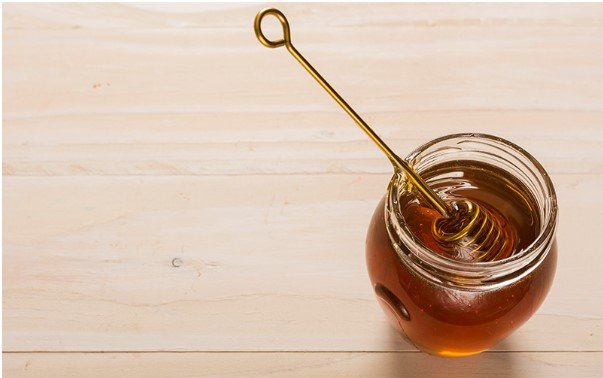Mad honey has gained attention for its hallucinogenic effects and legal grey areas. This hallucinogenic honey, which is made from the nectar of rhododendron blossoms, contains a class of neurotoxic substances called grayanotoxins. As interest in natural psychedelics rises, it’s worth examining how mad honey compares to more conventional substances like LSD, psilocybin, and ayahuasca in terms of dosage, legality, and hallucinatory experience.
Active Compounds and Mechanisms of Action
Most psychedelics, such as LSD and psilocybin, work by affecting serotonin receptors, particularly 5-HT2A, altering perception, mood, and cognition. In contrast, mad honey contains grayanotoxins, which target sodium channels in the nervous system. This mechanism doesn’t trigger the typical “trip” seen in serotonin-based psychedelics but induces a distinct type of disorientation, dizziness, and hallucinations. The effects are often accompanied by cardiovascular symptoms like low blood pressure and bradycardia, which are not usually part of the psychedelic profile seen in psilocybin or DMT users. In this sense, mad honey straddles the line between neurotoxin and entheogen.
Dosing Sensitivity and Risk Profile
A standard mad honey dose is difficult to define due to inconsistent potency and lack of regulation. Reports suggest that as little as a teaspoon can cause perceptual changes, while larger doses may lead to hospitalisation. In contrast, psychedelics like LSD and psilocybin are more researched, with standardised dosing available. A typical LSD dose is measured in micrograms (100–200µg), while psilocybin is often taken in gram measurements of dried mushrooms.
While other psychedelics may cause anxiety or confusion during a trip, mad honey poses real physiological dangers. Cardiovascular effects can occur within minutes and may require medical intervention. There is also no “trip-sitter” approach that can mitigate physical symptoms once toxicity sets in. This characteristic makes mad honey less predictable and riskier, especially for recreational or uninformed use.
Legality and Availability
A key area of comparison lies in the legal status of these substances. For those asking, “Is mad honey legal?”, the answer varies. In most countries, including Singapore, it’s not categorically illegal but also not regulated—placing it in a legal grey zone. However, selling it for its hallucinogenic effects may lead to complications under broader health or drug control laws. Hallucinogenic honey is often marketed as a natural product or traditional remedy, which allows it to bypass more stringent regulations applied to psilocybin or LSD.
On the other hand, substances like psilocybin and LSD are strictly controlled in many countries, classified as Schedule I drugs. However, psilocybin is undergoing decriminalisation in some Western regions due to emerging research into its mental health benefits. Mad honey has not enjoyed the same reappraisal or scientific legitimacy, making it more of a niche curiosity than a mainstream therapeutic candidate.
Cultural and Historical Context
Mad honey has traditional roots in parts of Nepal and Turkey, where it has been used for centuries in small quantities to improve stamina, treat hypertension, and induce altered states during rituals. These cultural uses are more conservative and ritualistic compared to modern recreational psychedelic use in Western contexts. LSD and psilocybin gained popularity in the 1960s counterculture movement and have since been repurposed in clinical trials for depression, PTSD, and anxiety.
While both mad honey and other psychedelics share ethnobotanical histories, the motivations behind their use differ. Hallucinogenic honey is still largely tied to local traditions, whereas other psychedelics have become part of a globalised therapeutic and recreational subculture.
Conclusion
Mad honey occupies a unique space in the psychedelic landscape. It functions through completely different biochemical routes, is more physically dangerous than conventional psychedelics, and is legal in many locations by omission. Unlike regulated dosages of LSD or psilocybin, a mad honey dose cannot be reliably or safely predicted. Understanding these distinctions and approaching mad honey with far more caution than its natural packaging suggests are necessary for those exploring altered states.
Visit Maddest Mad Honey and explore our full guide on natural psychedelics and safe usage today.





